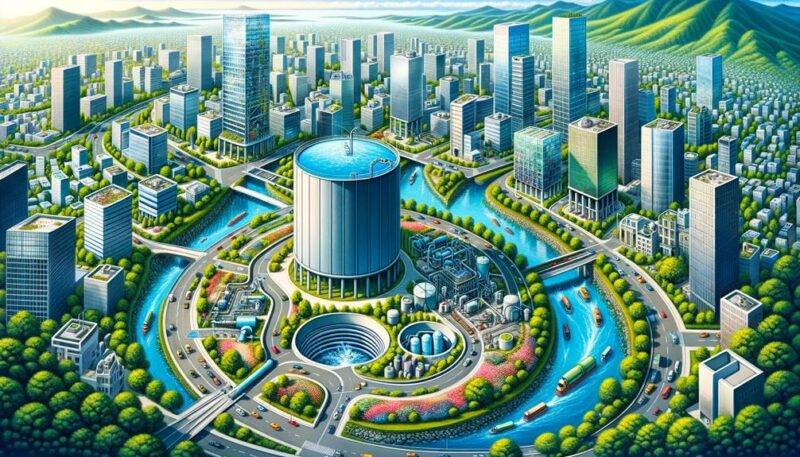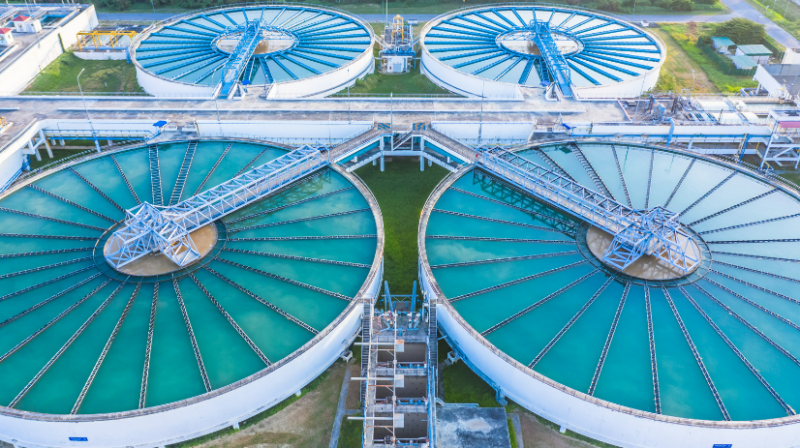

Custom tanks play a crucial role in supporting municipal infrastructure, providing efficient solutions for water storage, distribution, and waste management. These tanks are specifically designed to meet the unique requirements of each municipality, ensuring optimal functionality and performance.
But what types of custom tanks are available for water storage and distribution? How can custom tanks be used for waste management and treatment?
In this discussion, we will explore the various options and factors to consider when designing custom tanks for municipalities, offering insights into the importance of these solutions and how they can address specific needs.
The Importance of Custom Tanks in Municipal Infrastructure
Custom tanks play a crucial role in municipal infrastructure by providing tailored solutions that meet the specific needs of local communities. Investing in custom tanks for municipal infrastructure offers numerous benefits and advantages in urban development.
One of the key benefits of investing in custom tanks is the ability to optimize the use of limited space in urban areas. Custom tanks can be designed to fit into compact spaces, allowing for efficient utilization of land. This is particularly important in densely populated cities where space is at a premium.
Additionally, custom tanks offer the advantage of flexibility in design and capacity. Municipalities can choose the size, shape, and materials of the tanks based on their specific requirements. Whether it’s for storing water, wastewater treatment, or stormwater management, custom tanks can be designed to accommodate the unique needs of each municipality.
Moreover, custom tanks provide an opportunity for cost savings. By investing in tanks that are specifically designed for the municipal infrastructure, municipalities can avoid the need for costly modifications or retrofits in the future. Custom tanks can be built to withstand the specific conditions and requirements of the local area, reducing the risk of costly repairs or replacements.
Types of Custom Tanks for Water Storage and Distribution
To further explore the role of custom tanks in municipal infrastructure, let’s now examine the various types of tanks used specifically for water storage and distribution.
Custom tanks play a crucial role in meeting the diverse needs of water storage and distribution systems in different settings.
One common type of custom tank used for water storage and distribution is the elevated water tank. These tanks are typically made of steel and are designed to store large volumes of water at a higher elevation. The elevated position allows for gravity-fed distribution, ensuring a reliable supply of water to the community.
Another type of custom tank used for water storage is the ground-level tank. These tanks are usually made of reinforced concrete and are designed to store water on the ground. Ground-level tanks are commonly used in industrial applications, such as manufacturing plants and power plants, where there’s a need for large water storage capacities.
Custom tanks also offer advantages for agricultural water storage. For example, custom-designed irrigation tanks can help farmers efficiently store and distribute water for irrigation purposes. These tanks can be tailored to specific needs, such as incorporating filtration systems or integrating with existing irrigation infrastructure.
Custom Tanks for Waste Management and Treatment
Waste management and treatment can be significantly enhanced through the use of specialized tanks designed to handle and process various types of waste materials. These custom tanks are specifically designed to meet the unique requirements of waste management and treatment processes in different industries.
For industrial applications, custom tanks play a crucial role in managing and treating industrial waste. These tanks are engineered to withstand the harsh conditions and corrosive nature of industrial waste. They can effectively store and process hazardous chemicals, oils, and other waste materials, ensuring safe disposal or recycling.
In the agricultural sector, custom tanks are utilized for the treatment and management of agricultural waste. These tanks are designed to handle organic waste such as animal manure, crop residues, and wastewater from agricultural activities. They provide a controlled environment for the decomposition and treatment of organic waste, allowing for the production of nutrient-rich fertilizers or biogas.
Custom tanks for waste management and treatment are tailored to meet the specific needs of different industries and applications. They’re made from durable materials and incorporate features such as insulation, agitation systems, and monitoring equipment. With their specialized design and functionality, these tanks contribute to efficient waste management, ensuring environmental sustainability and regulatory compliance.
Factors to Consider When Designing Custom Tanks for Municipalities
When designing custom tanks for municipalities, several key factors need to be taken into consideration to ensure optimal functionality and efficiency. One of the most important designing considerations is the material selection. The choice of material for the tank construction can greatly impact its durability, longevity, and resistance to corrosion or chemical degradation.

Firstly, it’s crucial to analyze the specific requirements and demands of the municipality. Factors such as the type of liquid or substance to be stored, the environmental conditions, and the expected lifespan of the tank should be carefully evaluated. This information will help determine the appropriate material that can withstand the intended usage and environmental factors.
Secondly, the material selection must also consider the budgetary constraints of the municipality. While certain materials may offer superior properties, they can also be more expensive. Therefore, a cost-benefit analysis should be conducted to identify the most suitable material that balances performance and affordability.
Furthermore, the design and construction of the tank should prioritize ease of maintenance and inspection. The selected material should allow for easy cleaning, repairs, and routine inspections to ensure ongoing functionality and compliance with regulatory standards.








